Ars visits a zipline delivery service that's deploying in more locations soon.
The skies around Dallas are about to get a lot more interesting. No, DFW airport isn't planning any more expansions, nor does American Airlines have any more retro liveries to debut. This will be something different, something liable to make all the excitement around the supposed New Jersey drones look a bit quaint.
Zipline is launching its airborne delivery service for real, rolling it out in the Dallas-Fort Worth suburb of Mesquite ahead of a gradual spread that, if all goes according to plan, will also see its craft landing in Seattle before the end of the year. These automated drones can be loaded in seconds, carry small packages for miles, and deposit them with pinpoint accuracy at the end of a retractable tether.
It looks and sounds like the future, but this launch has been a decade in the making. Zipline has already flown more than 1.4 million deliveries and covered over 100 million miles, yet it feels like things are just getting started.
The ranch
When Zipline called me and invited me out for a tour of a drone delivery testing facility hidden in the hills north of San Francisco, I was naturally intrigued, but I had no idea what to expect. Shipping logistics facilities tend to be dark and dreary spaces, with automated machinery stacked high on angular shelves within massive buildings presenting all the visual charm of a concrete paver.
Zipline's facility is a bit different. It's utterly stunning, situated among the pastures of a ranch that sprawls over nearly 7,000 acres of the kind of verdant, rolling terrain that has drawn nature lovers to Northern California for centuries.
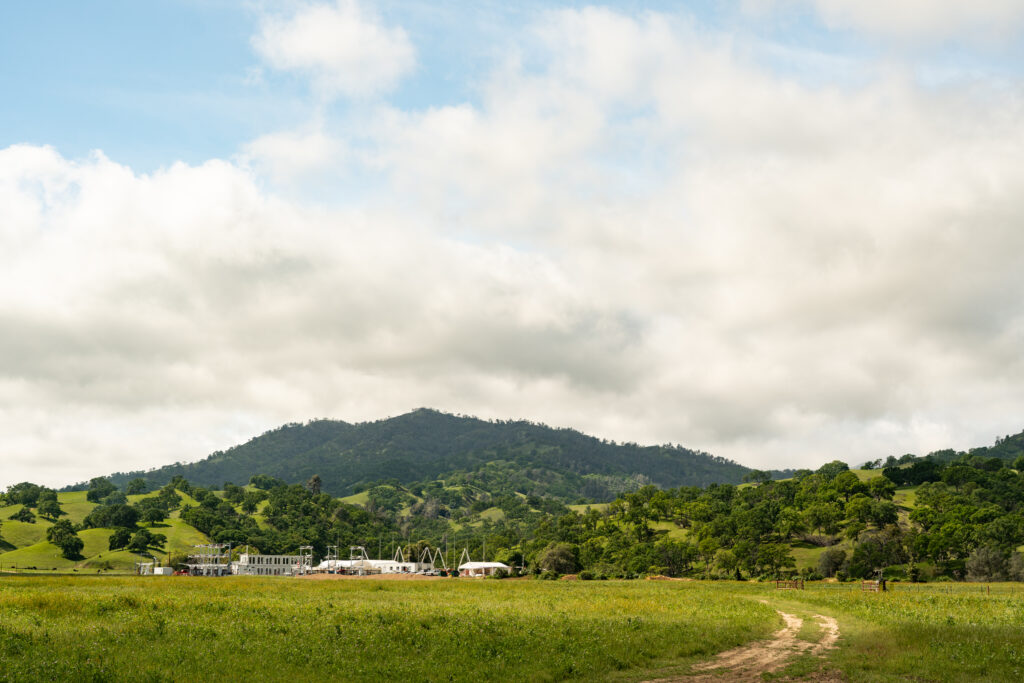
Zipline's contribution to the landscape consists of a few shipping container-sized prefab office spaces, a series of tents, and some tall, metal structures that look like a stand of wireform trees. The fruit hanging from their aluminum branches are clusters of white drones, or at least what we'd call "drones."
But the folks at Zipline don't seem to like that term. Everyone I spoke with referred to the various craft hovering, buzzing, or gliding overhead as aircraft. That's for good reason.
Not your average UAV
Go buy a drone at an electronics retailer, something from DJI perhaps, and you'll have to abide by a series of regulations about how high and how far to fly it. Two of the most important rules: Never fly near an airport, and never let the thing out of your sight.
Zipline's aircraft are much more comprehensive machines, able to fly for miles and miles. By necessity, they must fly well beyond the range of any human operator, or what's called "beyond visual line of sight," or BVLOS. In 2023, Zipline was the first commercial operator to get clearance for BVLOS flights.
Zipline's aircraft operate under a series of FAA classifications—specifically, part 107, part 135, and the upcoming part 108, which will formalize BVLOS operation. The uncrewed aircraft, which are able to operate as such, navigate through controlled airspace, and even near airports, with the help of FAA-mandated transponder data as well as onboard sensors that can detect the presence of an approaching aircraft and automatically avoid it.
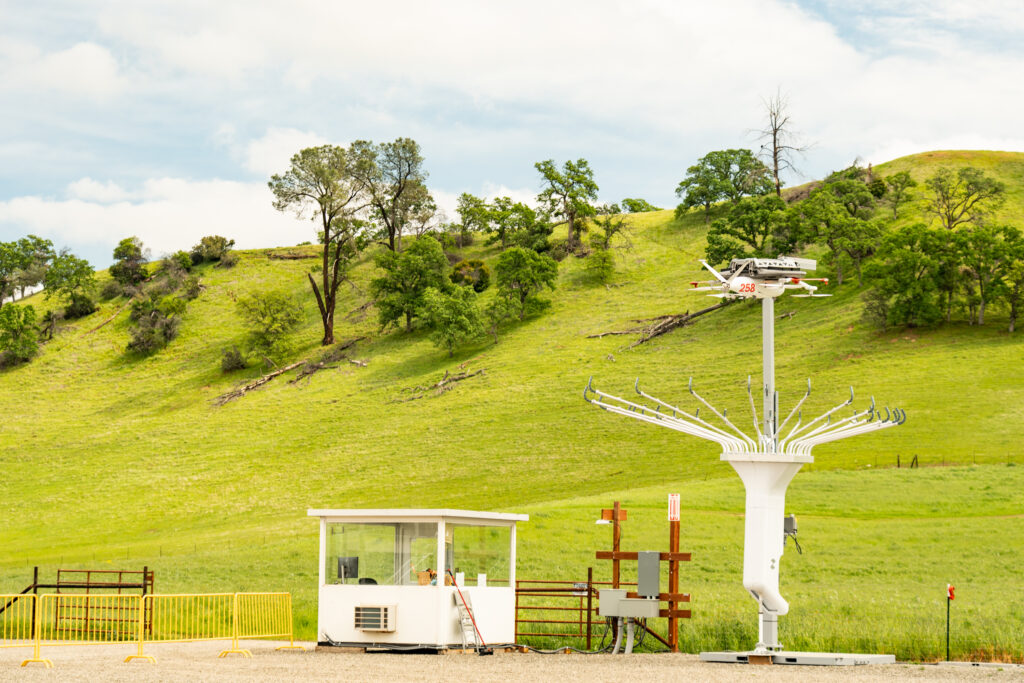
In fact, just about everything about Zipline's aircraft is automatic. Onboard sensors sample the air through pitot tubes, detecting bad weather. The craft use this data to reroute themselves around the problem, then report back to save subsequent flights the hassle.
Wind speed and direction are also calculated, ensuring that deliveries are dropped with accuracy. Once the things are in the air, even the Zipline operators aren't sure which way they'll fly, only that they'll figure out the right way to get the package there and return safely.
Zipline actually operates two separate aircraft that are suited for different mission types. The aircraft clinging to the aluminum trees, the type that will be exploring the skies over Dallas soon, are internally called Platform 2, or P2, and they're actually two aircraft in one.
A P2 drone can hover in place using five propellers and take off vertically before seamlessly transitioning into efficient forward flight. When it reaches its destination, doors on the bottom open, and a second aircraft emerges. This baby craft, called a "Zip," drops down on a tether.
Fins ensure the tethered craft stays facing into the wind while a small propeller at the rear keeps it from blowing off-target. When it touches the ground, its doors pop open, gently depositing a package from a cargo cavity that's big enough for about four loaves of bread. Maximum payload capacity is eight pounds, and payloads can be delivered up to about 10 miles away.
Where there's a P2, there must be a P1, and while Zipline's first aircraft serves much the same purpose, it does so in a very different way. The P1 is a fixed-wing aircraft, looking for all the world like a hobbyist's radio-controlled model, just bigger and way more expensive.
The P1 launches into the sky like a glider, courtesy of a high-torque winch that slings it aloft before its electric prop takes over. It can fly for over 120 miles on a charge before dropping its cargo, a package that glides to the ground via parachute.
The P1 slows momentarily during the drop and then buzzes back up to full speed dramatically before turning for home. There's no gentle, vertical landing here. It instead cruises precisely toward a wire suspended high in the air. An instant before impact, it noses up, exposing a metal hook to the wire, which stops the thing instantly.
In naval aviator parlance, it's an OK three-wire every time, and thanks to hot-swappable batteries, a P1 can be back in the air in just minutes. This feature has helped the company perform millions of successful deliveries, many carrying lifesaving supplies.
From Muhanga to Mesquite
The first deployment from the company that would become Zipline was in 2016 in Muhanga, Rwanda, beginning with the goal of delivering vaccines and other medical supplies quickly and reliably across the untamed expanses of Africa. Eric Watson, now head of systems and safety engineering at Zipline, was part of that initial crew.
"Our mission is to enable access to instant logistics to everyone in the world," he said. "We started with one of the most visceral pain points, of being able to go to a place, operating in remote parts where access to medicine was a problem."
It proved to be an incredible proving ground for the technology, but this wasn't just some beta test designed to deliver greater ROI. Zipline already has success in a more important area: delivering lifesaving medicine. The company's drones deliver things like vaccines, anti-venoms, and plasma. A 2023 study from the Wharton School at the University of Pennsylvania found that Zipline's blood delivery service reduced deaths from postpartum hemorrhage by 51 percent.
That sort of promise attracted Lauren Lacey to the company. She's Zipline's head of integration quality and manufacturing engineering. A former engineer at Sandia Labs, where she spent a decade hardening America's military assets, Lacey has brought that expertise to whipping Zipline's aircraft into shape.
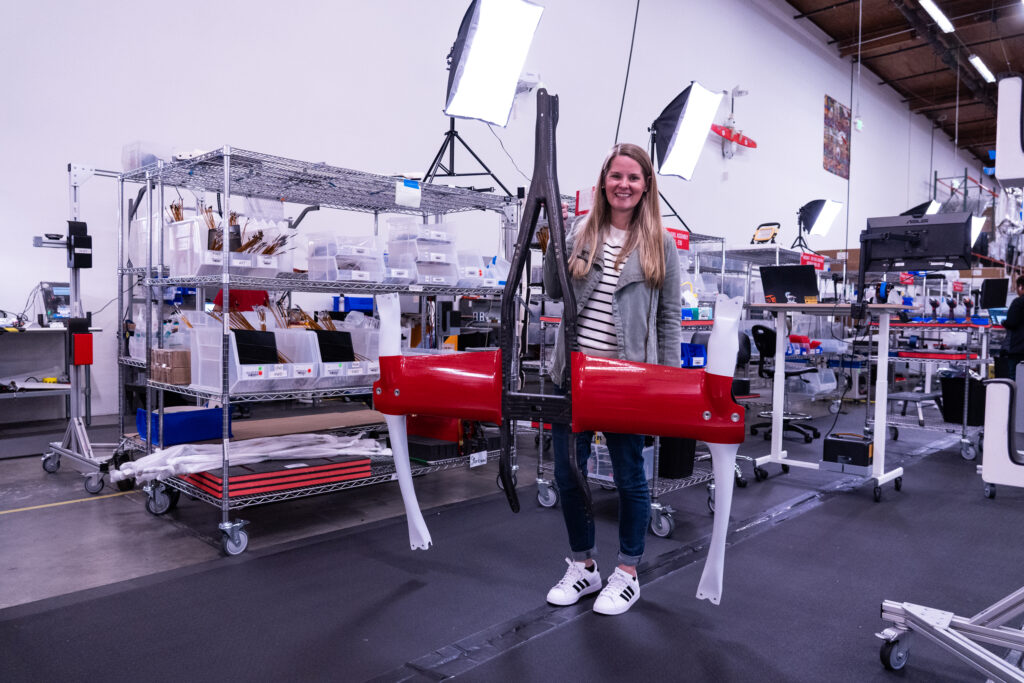
Lacey walked me through the 11,000-square-foot Bay Area facility she and her team have turned into a stress-testing house of horrors for uncrewed aircraft. I witnessed everything from latches being subjected to 120° F heat while bathed in ultra-fine dust to a giant magnetic resonance device capable of rattling a circuit board with 70 Gs of force.
It's all in the pursuit of creating an aircraft that can survive 10,000 deliveries. The various test chambers can replicate upward of 2,500 tests per day, helping the Zipline team iterate quickly and not only add strength but peel away unneeded mass, too.
"Every single gram that we put on the aircraft is one less that we can deliver to the customer," Lacey said.
Now zipping
Zipline already has a small test presence in Arkansas, a pilot program with Walmart, but its rollout today is a big step forward. Once added to the system, customers can make orders through a dedicated Zipline app. Walmart is the only partner for now, but the company plans to offer more products on the retail and healthcare front, including restaurant food deliveries.
The app will show Walmart products eligible for this sort of delivery, calculating weight and volume to ensure that your order isn't too big. The P2's eight-pound payload may seem restrictive, but Jeff Bezos, in touting Amazon's own future drone delivery program, previously said that 86 percent of the company's deliveries are five pounds or less.
Amazon suspended its prototype drone program last year for software updates but is flying again in pilot programs in Texas and Arizona. The company has not provided an update on the number of flights lately, but the most recent figures were fewer than 10,000 drone deliveries. For comparison, Zipline currently completes thousands per day. Another future competitor, Alphabet-backed Wing, has flown nearly a half-million deliveries in the US and abroad.
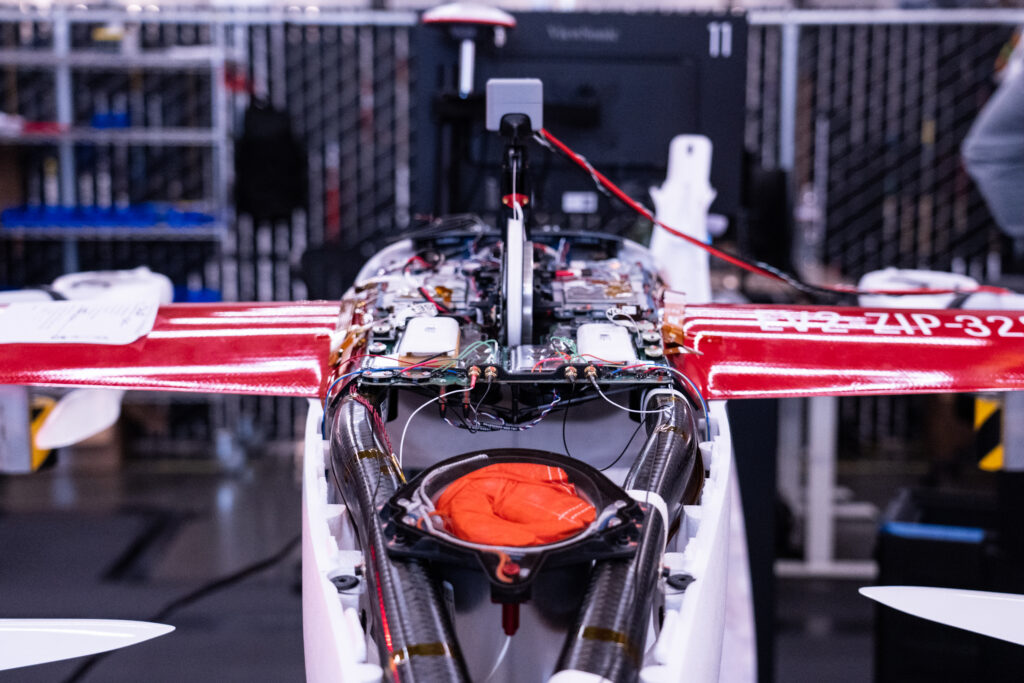
A Zipline P2 uncrewed aircraft undergoing final assembly at the company's California facility. The center control
board is riddled with redundant sensors. An orange parachute is there in case of emergency.
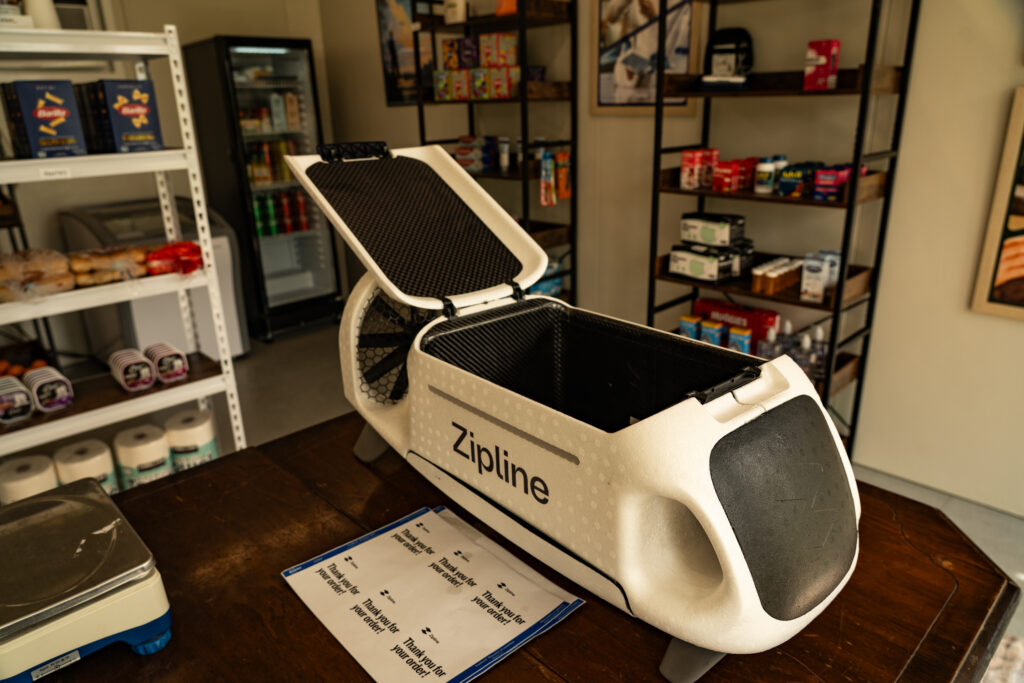
The Zip cargo carrier that nests inside the P2 sits inside a mockup storefront at Zipline's testing facility. Its carbon
fiber-lined cargo compartment can carry up to eight pounds of goods.
Others are vying for a piece of the airborne delivery pie, too, but nobody I spoke with at Zipline seems worried. From what I could see from my visit, they have reason for confidence. The winds on that ranch in California were so strong that towering dust devils were dancing between the disaffected cattle during my visit. Despite that, the drones flew fast and true, and my requested delivery of bandages and medicine was safely and quickly deposited on the ground just a few feet from my own feet.
It felt like magic, yes, but more importantly, it was one of the most disruptive demonstrations I've seen. While the tech isn't ideally suited for every situation, it may help cut down on the delivery trucks that are increasingly clogging rural roads, all while getting more things to more people who need them, and doing it emissions-free.
Hope you enjoyed this news post.
Thank you for appreciating my time and effort posting news every day for many years.
News posts... 2023: 5,800+ | 2024: 5,700+ | 2025 (till end of March): 1,357
RIP Matrix | Farewell my friend ![]()
- Mutton
-

 1
1


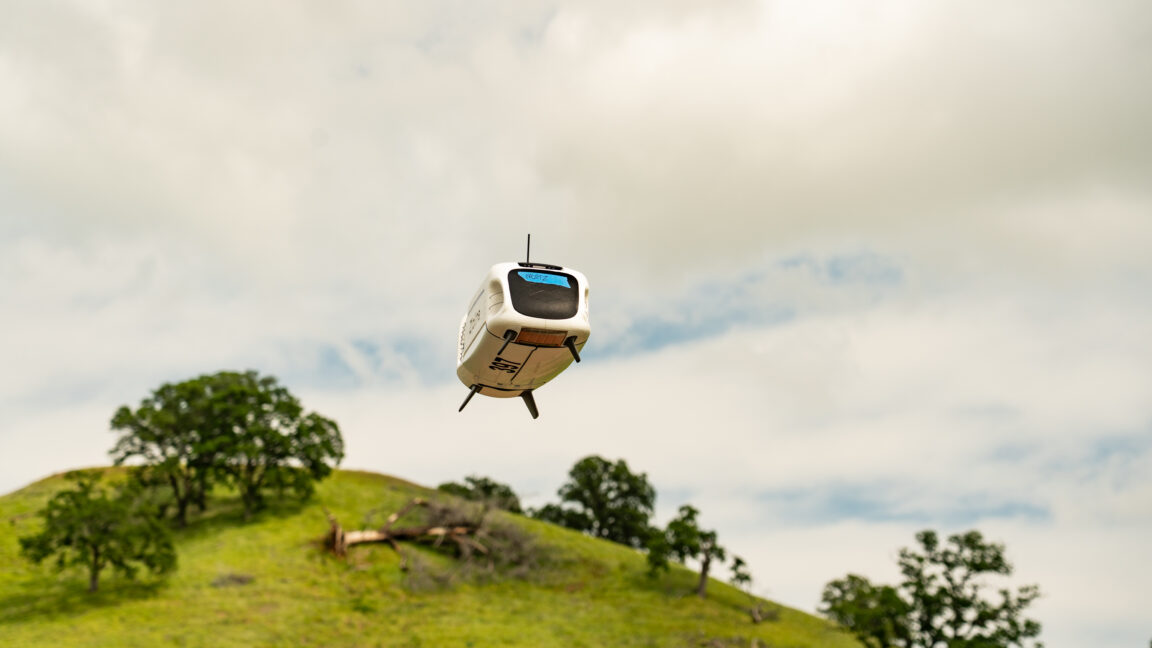
3175x175(CURRENT).thumb.jpg.b05acc060982b36f5891ba728e6d953c.jpg)
Recommended Comments
There are no comments to display.
Join the conversation
You can post now and register later. If you have an account, sign in now to post with your account.
Note: Your post will require moderator approval before it will be visible.